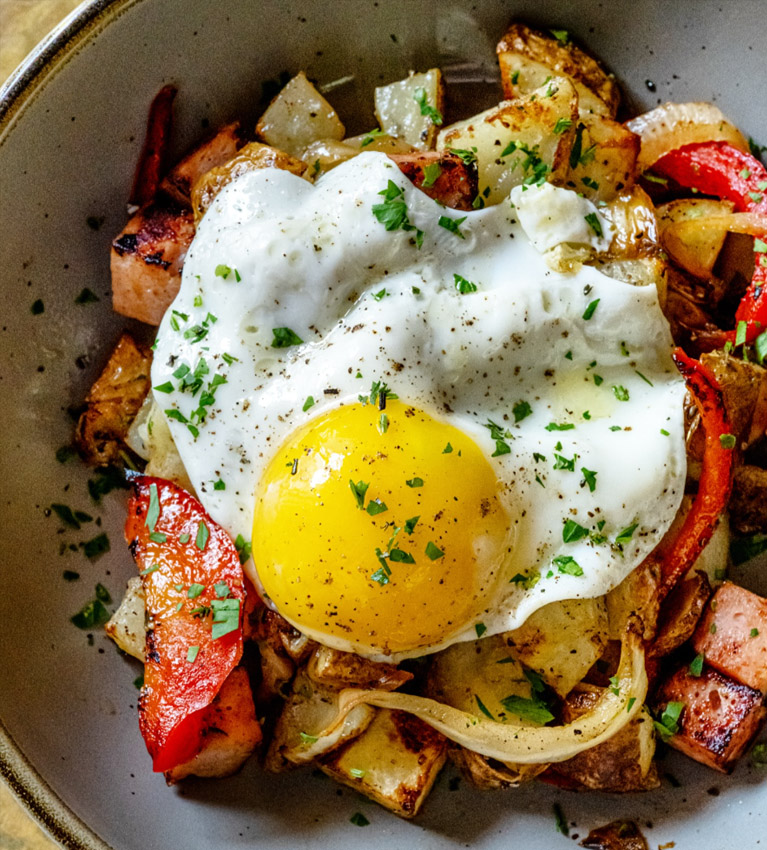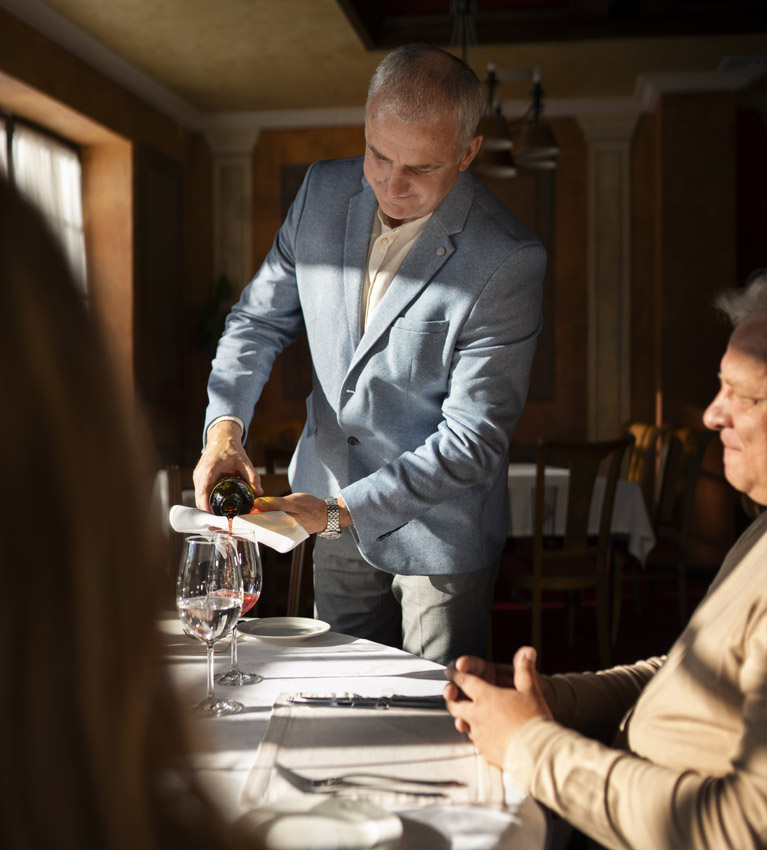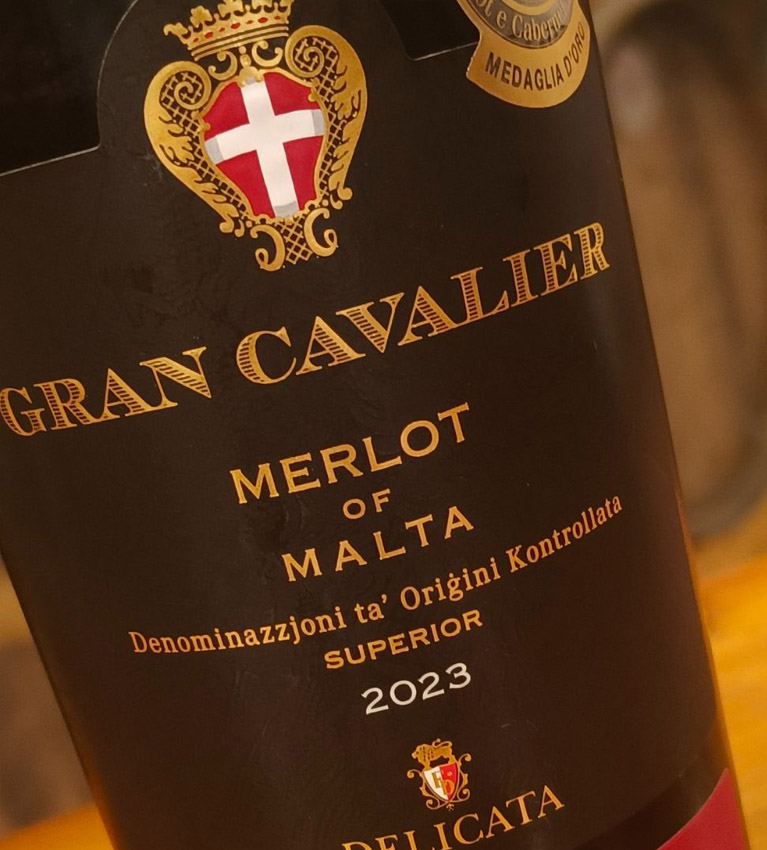
Exceptional Non-Alcoholic Wines? Not a Myth.
November 9, 2025

The Rise of Visual-First Hospitality
November 7, 2025
Balancing Heritage With Modern Luxury
November 13, 2025We’ve got a clapback to our feature about
non-alcoholic wines from last month.
Sommelier
William Rizzo states his case.
Let me be clear: I’m not a teetotaller. I live and breathe wine. But the No & Low alcohol category is not just a passing trend - it’s a fastgrowing segment of the global drinks market, and it’s time Malta caught up.
Non-alcoholic wines are playing an increasingly important role in the wine industry. With Gen Z being the first generation to drink less wine than the one before it, no-alcohol options offer a compelling alternative - and perhaps even a gateway - to traditional wine.
Of course, there are some bad non-alcoholic wines out there. But let’s not throw the baby out with the bathwater. Today, many producers are crafting genuinely impressive no-alcohol wines. And, just like their alcoholic counterparts, quality begins in the vineyard. Great nonalcoholic wine starts with great grapes.
Careful vineyard management and balanced fruit are essential, especially because the de-alcoholisation process can expose flaws that would otherwise be masked by alcohol. Wines made from aromatic, high-acid varieties such as Riesling, Sauvignon Blanc, and Syrah tend to retain flavour, freshness, and structure better than others once the alcohol is removed.
And no, you can’t just remove alcohol from a sub-par wine and expect magic. The best non-alcoholic wines start out as quality wines, undergoing fermentation, lees ageing, malolactic conversion, and blending before the alcohol is removed. This isn’t a shortcut process, it’s a highly technical undertaking that requires investment, winemaking expertise, and modern equipment.
Technologies like Spinning Cone Column and Vacuum Distillation allow alcohol to be removed at low temperatures, preserving the wine’s aromatics and freshness. Reverse Osmosis can concentrate flavour compounds before the alcohol is extracted and reassembled. The right method depends on the grape variety and the desired wine style, it’s not one-size-fitsall.
Texture, balance, and acidity are crucial. Alcohol contributes more than just a buzz. It adds body and structure. So, when alcohol is taken out, the wine can quickly fall out of balance, especially if the acidity isn’t naturally well-integrated. That’s why high natural acidity and aromatic intensity are essential for a quality result, without resorting to sweetness from concentrated grapes to mask shortcomings.
Freshness is key. Non-alcoholic wines are not built for ageing. Most come with a best-before date, and their appeal lies in their youthful vibrancy. For local importers and HORECA professionals, it’s important to understand that this category demands swift turnover. Stocking these wines for more than nine to 12 months does the product - and your customers - a disservice.
A common mistake made by sommeliers and consumers alike is expecting the same experience as with regular wine. That comparison is unfair. You wouldn’t judge Champagne using the same criteria for Barolo. They’re completely different styles of wine. The same goes for non-alcoholic wine, the style should be assessed on its own merits. Maybe part of the confusion lies in the name itself. Should we find a more appropriate category name for non-alcoholic wine?
As professionals, we also need to acknowledge that most consumers aren’t spending their evenings musing over the vintage of their Burgundy. They’re looking for freshness, flavour, and convenience and that’s where non-alcoholic wines can shine.
The best of these wines are not trying to be imitations. They stand on their own merits. As winemakers invest further in quality, and consumers become more discerning, non-alcoholic wines are earning their place that is not in the shadow of traditional wines, but alongside them.
It’s up to the industry; producers, importers, retailers, and sommeliers - to treat this category with the respect it deserves. When we do, we’ll be better equipped to offer quality, value, and choice to today’s wine drinkers whatever their preferences may be.

William Rizzo is a certified sommelier, holder of the WSET Diploma, and currently a Stage 2 Master of Wine candidate. With 20 years of experience in the HORECA sector and the importation of wines and spirits, he has worked with some of the world’s most prestigious brands. William is a co-founder of Kontrada Wines & Fine Foods, a local distributor dedicated to sourcing and representing producers that deliver exceptional quality and value.
Click here to see Horeca Issue 21 online



